Our Future in Space

October 21, 2019
Much talk has been going on about possible human space travel. Not only has it been brought up constantly but it is very controversial and leaves a lot of people with a lot of questions.
It seems that ever since we have explored our own world our species has sought to look to the sky and continue our growth and spread to other planets and maybe even other solar systems. The biggest issue is that its a long road ahead.
The Red Planet
Mars is the most realistic option in terms of colonization. Landing a man on Mars is one thing however, building a colony is another. Its been estimated that to build a Mars colony it would cost $10 trillion. Thats nearly half of the entire GDP of the United States and thats our closest neighbor. To actually travel to another solar system, would require technological advances that we may not see in our lifetime.

Obstacles
Things such as light speed, efficient enough energy, and the ability to sustain life in space for very long times.Although that goal may be very difficult to realize it does seem that the governments of the world are being very serious about this mission. With plans to put a man on Mars by 2030 and increased discovery and cataloging of various star systems with priority put for habitable worlds, it is clear that the human thirst to spread and continue our expansion is yet to be quenched.
What makes all of this even more difficult is all of the factors a planet needs to sustain life. Liquid water, atmosphere, certain distance from its star, a entity to absorb solar impacts, oxygen. The list goes on and on, but with today’s rapid technological advances it is not unlikely that humanity will spread its branches to become a solar or even galactic species.

